Are you looking to improve your skills and achieve success in a specific task? Look no further than training manuals. These valuable resources, often overlooked, can provide beginners and experts alike with the information and instructions needed to master a task and reach their goals.
In this blog post, we will explore the benefits of using training manuals and how they can be used to achieve uniformity and success in your efforts. So, whether you’re just starting out or looking to refine your skills, read on to discover the power of training manuals.
Table of Contents
What is a Training Manual?

A training manual is a document that provides instructions and guidance on how to perform a specific task or job. It typically includes step-by-step procedures, information on tools and equipment, and other relevant details. Training manuals are often used to standardize the training process and ensure that all employees are trained consistently and effectively. They can also be used as a reference tool for employees to consult as they perform their tasks.
Training Manual Templates
Facilitate effective training and knowledge transfer with our comprehensive collection of Training Manual Templates. A training manual is a comprehensive guide that provides structured information and instructions for learners in various industries and organizations. Our customizable and printable templates offer a well-organized framework for creating detailed training manuals that cover essential topics, procedures, and best practices.
Whether you’re conducting employee onboarding, technical training, or process documentation, our templates provide a user-friendly layout to present information clearly and concisely. By utilizing our Training Manual Templates, you can streamline the training process, ensure consistency in training delivery, and enhance knowledge retention. With visually appealing designs and customizable elements, our templates empower you to create engaging and informative training materials. Equip your learners with the knowledge and skills they need to succeed with our user-friendly templates. Download now and elevate your training programs with professional Training Manual Templates.
Key components of training manual
A training manual is an essential tool for effectively training employees and ensuring that they have the knowledge and skills needed to perform their job duties. The following are some key elements that should be included in a training manual:
Introduction: The introduction should provide an overview of the manual, including the purpose, scope, and intended audience. It should also include any necessary background information or prerequisites for the training.
Objectives: The objectives should clearly state the specific goals and outcomes that the training is intended to achieve. This will help to ensure that the training is focused and effective.
Materials and equipment: A list of materials and equipment that will be used during the training should be provided. This can include anything from handouts and presentations to tools and equipment.
Procedures: The procedures section should provide step-by-step instructions for performing the tasks or procedures that are covered in the training. This should include detailed information on how to use any equipment or tools, as well as any safety precautions that need to be taken.
Assessment: The assessment section should include information on how the training will be evaluated. This can include test questions, quizzes, or practical exercises. The assessment should be designed to evaluate whether the objectives of the training have been met.
References: The references section should provide a list of any additional resources that may be useful for the training. This can include books, websites, or other materials.
Glossary: A glossary of terms and definitions used in the training should be included. This will help to ensure that all employees have a common understanding of the language used in the training.
Appendices: Any additional materials or resources that may be useful for the training should be included in the appendices. This can include sample forms, templates, or other documents.
Conclusion: The conclusion should summarize the main points covered in the training and provide any additional information or guidance that may be helpful.
Evaluation: A section for employee evaluation of the training, this can be either in the form of a survey or a form to be filled by the employee after the completion of the training.
Benefits of Using a Training Manual
There are several benefits of using a training manual, including:
Consistency
A training manual ensures that all employees receive the same information and training, which can help to standardize the training process and ensure that all employees have the same level of knowledge and skills.
Efficiency
A training manual can save time and resources by providing a clear and comprehensive guide for training employees. This can help to reduce the need for additional training or retraining.
Reference tool
A training manual can serve as a reference tool for employees to consult as they perform their tasks. This can be particularly helpful for new employees or those who need to refresh their skills.
Cost-effective
Having a training manual can be cost-effective, as it eliminates the need for a trainer to be present during the training. This can save on labor costs, and allows employees to complete the training at their own pace.
Compliance
Training manuals can help ensure that employees receive the training they need to comply with laws and regulations.
Flexibility
Training manuals can be used in a variety of settings, such as on-the-job training or online training. This allows for flexibility in training methods and can help to reach a wider audience.
Measurable Results
Having a training manual allows for measurable results, as it provides a way to evaluate employee understanding and performance after the training.
Continuous improvement
Training manuals can be reviewed and updated regularly, this allows for continuous improvement and ensures that the training remains accurate and up-to-date.
Tips for creating training manual templates
When creating a training manual template, there are several tips that can help to ensure that it is effective and user-friendly:
Keep it simple: The template should be easy to read and understand. Use clear and concise language and avoid using jargon or technical terms that may be confusing.
Use a consistent format: The template should be well-organized and easy to navigate. Use headings, subheadings, and bullet points to break up the text and make it easier to read.
Use visual aids: Visual aids, such as diagrams, images, and charts, can help to make the training more engaging and easier to understand.
Include interactive elements: Incorporating interactive elements, such as quizzes, can help to make the training more engaging and help to evaluate employee understanding.
Use examples: The use of examples can help to make the training more relatable and easier to understand.
Allow for customization: The template should be flexible and allow for customization based on the specific needs of the organization.
Test and Revise: Before finalizing the template, test it with a group of people, and revise it based on their feedback.
Include assessments: The template should include a way to evaluate employee understanding and performance after the training.
Keep it up-to-date: The template should be reviewed and updated regularly to ensure that it remains accurate and up-to-date.
Make it accessible: The template should be available for employees in different formats, such as hard copies, digital versions, and online versions.
By following these tips, you can create a training manual template that is effective and user-friendly. A well-designed template can help to ensure that employees receive the training they need to perform their job duties effectively, and it can also save time and resources for the organization.
How To Create a Training Manual
Creating a training manual can be a complex process, but by following a step-by-step guide, you can ensure that the manual is comprehensive and effective. Here are the steps to create a training manual:
Determine the purpose and scope of the manual
The first step in creating a training manual is to determine the purpose and scope of the manual. This includes identifying the specific goals and outcomes that the training is intended to achieve, as well as the audience for the training.
Conduct a needs assessment
Before creating the training manual, it is important to conduct a needs assessment to identify the specific training needs of the employees. This can include surveys, interviews, or focus groups to gather information on the current level of knowledge and skills of the employees, as well as any areas where additional training is needed.
Gather information
After the needs assessment has been conducted, gather all the information and resources that will be needed for the training. This can include procedures, policies, job aids, and any other materials that will be used during the training.
Create an outline
Once you have gathered all the necessary information, create an outline for the training manual. The outline should include the main sections of the manual and the specific topics that will be covered in each section.
Write the content
Using the outline as a guide, begin writing the content of the training manual. The content should be clear, concise, and easy to understand. Use headings, subheadings, and bullet points to break up the text and make it easier to read.
Incorporate visual aids
Incorporate visual aids, such as diagrams, images, and charts, to make the training more engaging and easier to understand.
Include interactive elements
Incorporate interactive elements, such as quizzes, to make the training more engaging and help to evaluate employee understanding.
Test the manual
Before finalizing the manual, test it with a group of employees to ensure that it is effective and user-friendly. Use the feedback to make revisions as needed.
Edit and proofread
Once the manual has been written, edit and proofread it to ensure that it is free of errors and that the information is accurate and up-to-date.
Print and distribute
Once the manual has been completed, print and distribute it to employees.
Review and update
Regularly review and update the manual to ensure that it remains accurate and up-to-date.
It’s worth noting that, in addition to creating a printed version of the training manual, it’s also a good idea to create an electronic version that can be accessed online. This will make the manual more accessible to employees and can make it easier to update and distribute.
FAQs
Who should use a training manual?
Training manuals can be used by any organization that needs to train employees. This can include businesses, government agencies, non-profit organizations, and educational institutions.
What should be included in a training manual?
A training manual should include a clear and detailed introduction, objectives, materials and equipment, procedures, assessments, references, a glossary, appendices, a conclusion, and an evaluation section. It should also include visual aids, such as diagrams and images, and interactive elements, such as quizzes, to make the training more engaging and effective.
How often should a training manual be updated?
A training manual should be reviewed and updated regularly to ensure that it remains accurate and up-to-date. This can include updating information on procedures, tools and equipment, and compliance with laws and regulations. It’s recommended to review the manual at least once a year, or whenever significant changes occur in the organization.
How can a training manual be used to evaluate employee performance?
A training manual should include a way to evaluate employee understanding and performance after the training. This can include test questions, quizzes, or practical exercises. Additionally, the manual should include an evaluation section where employees can provide feedback on the training. This can help to identify areas where additional training is needed and to evaluate the effectiveness of the training.
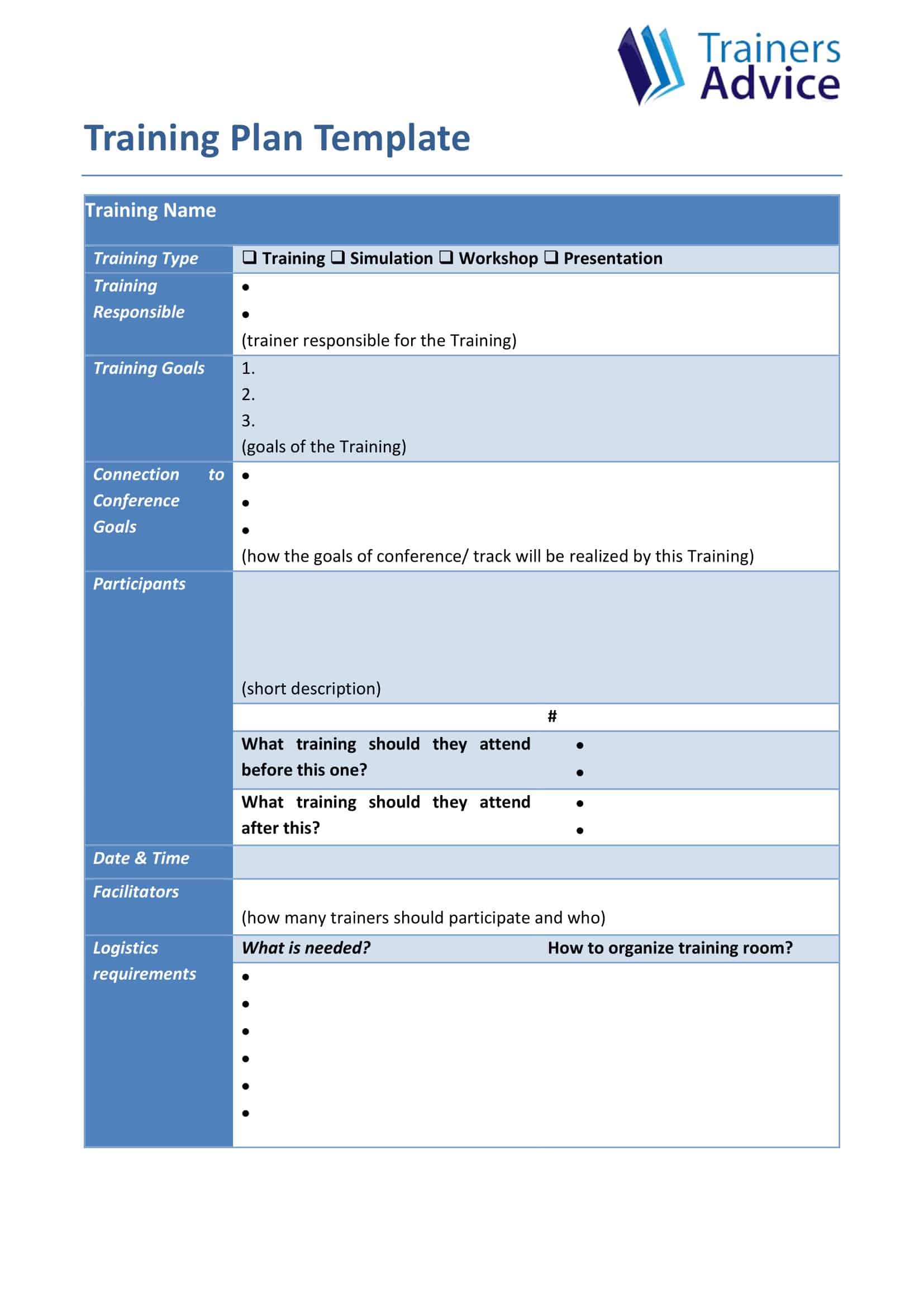


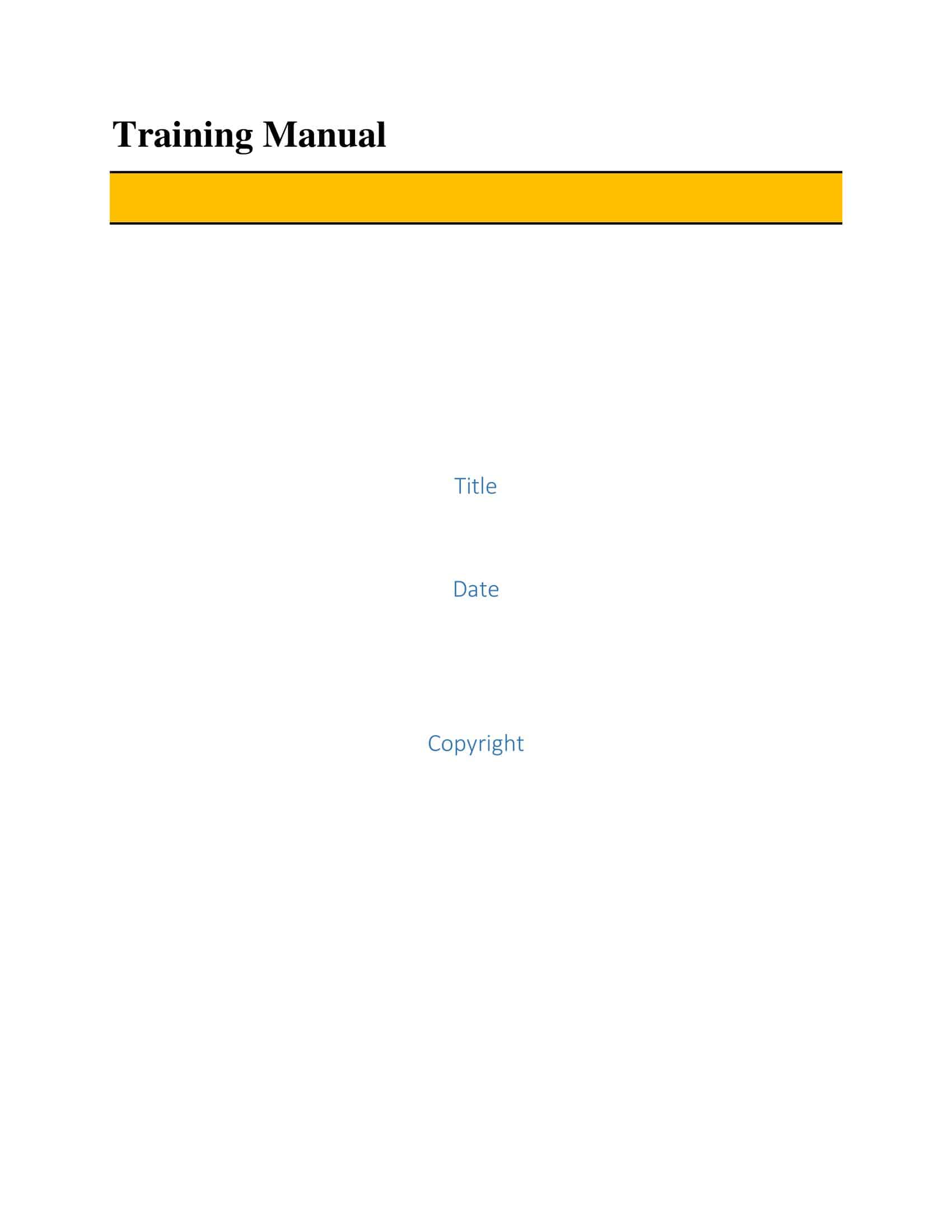

















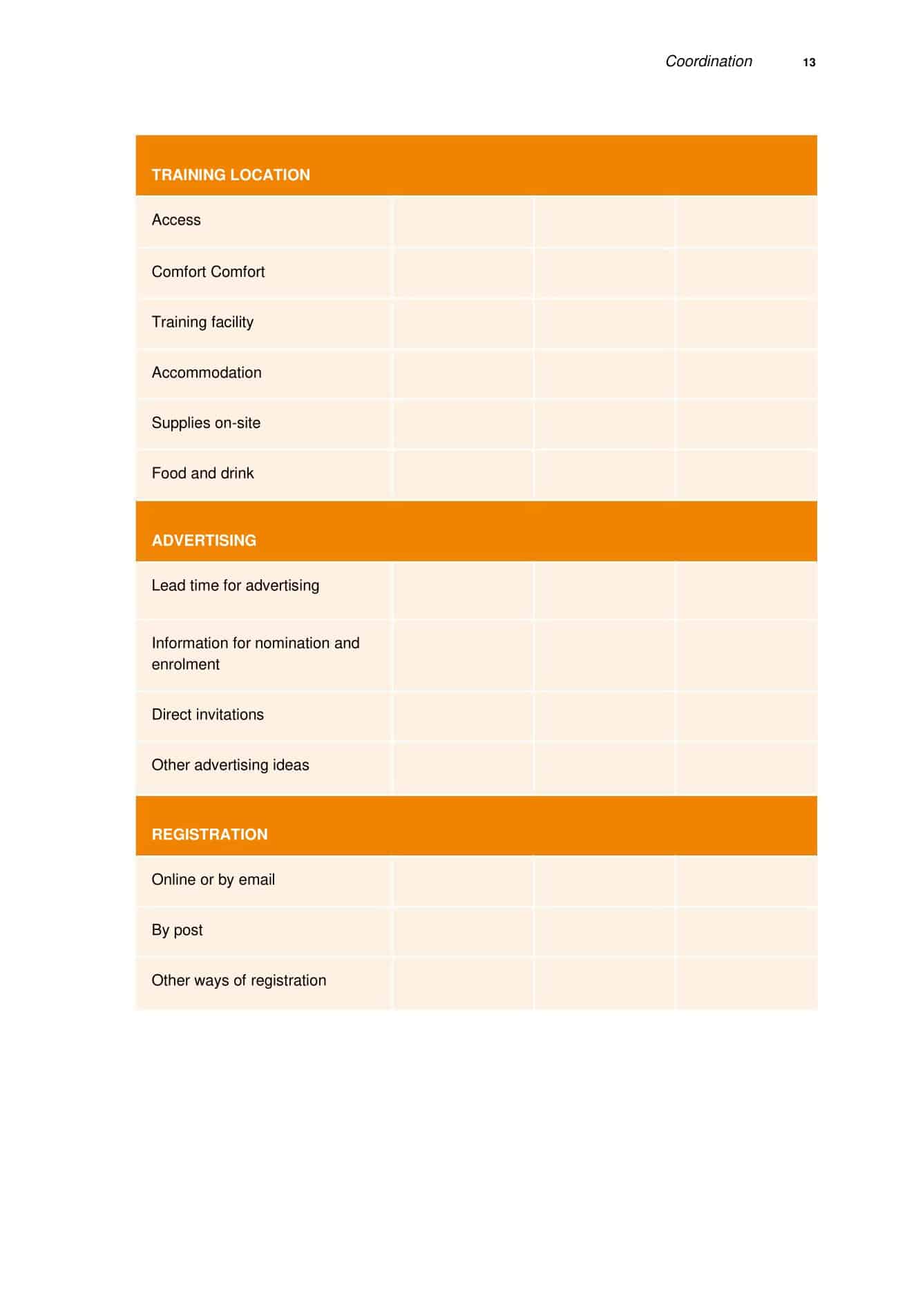






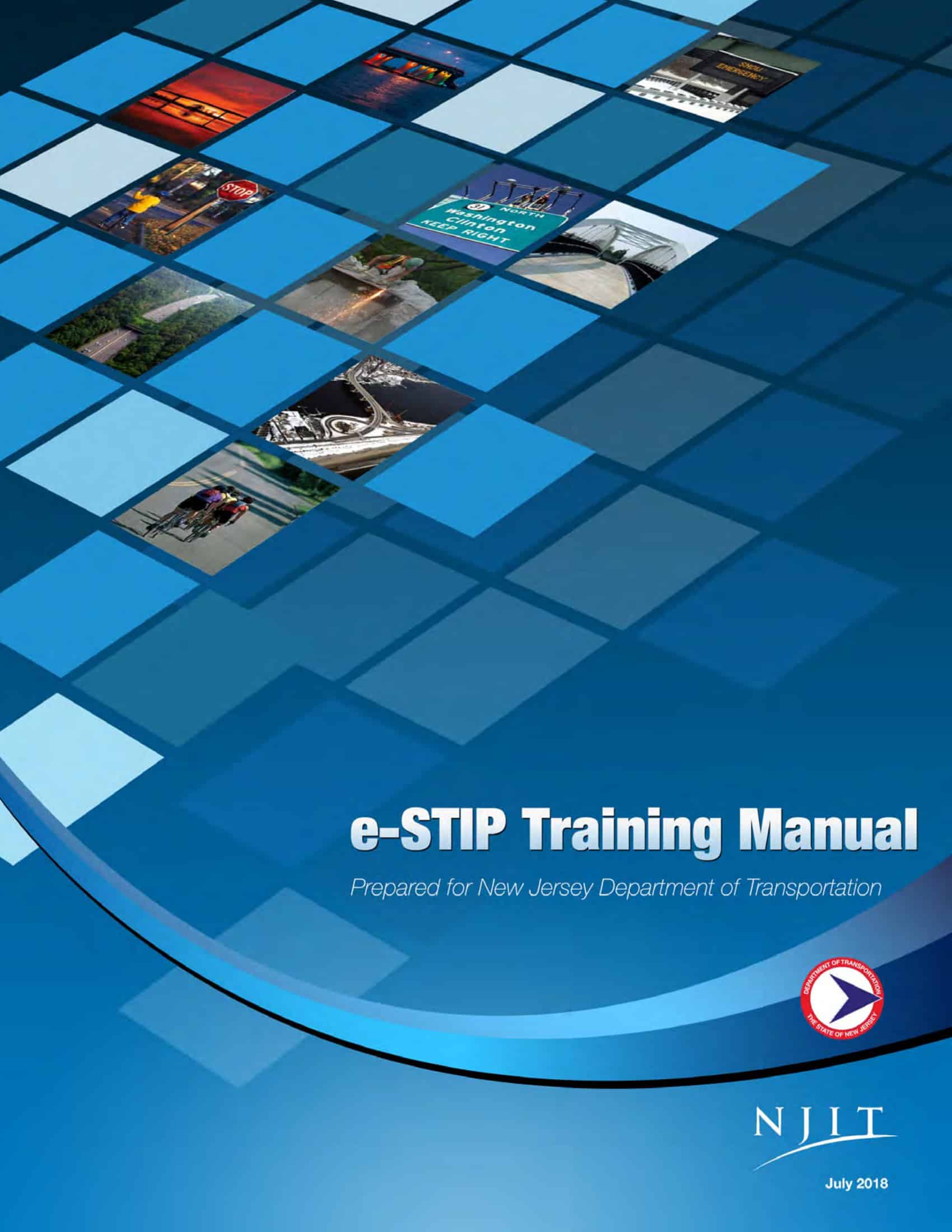












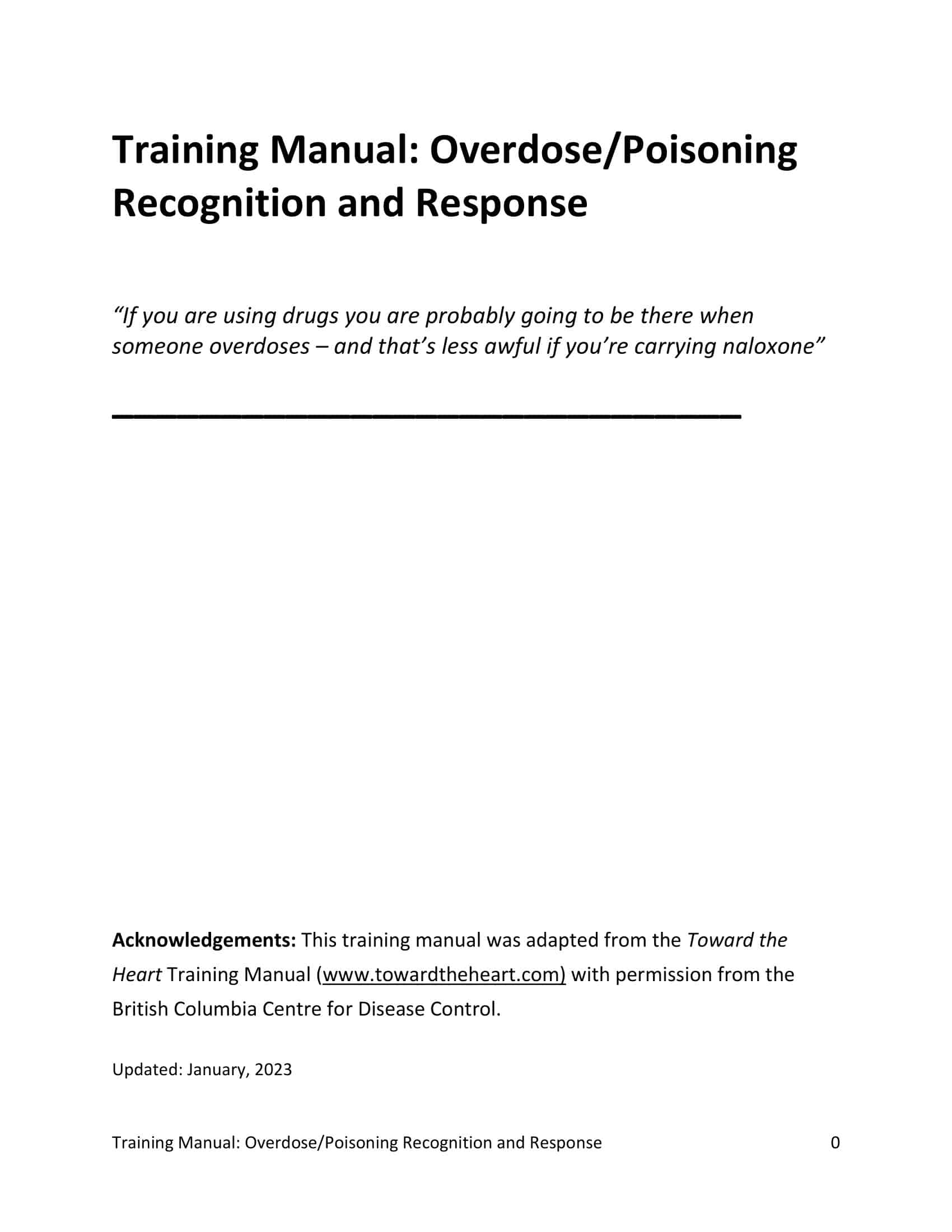













![Free Printable Roommate Agreement Templates [Word, PDF] 1 Roommate Agreement](https://www.typecalendar.com/wp-content/uploads/2023/06/Roommate-Agreement-150x150.jpg)
![Free Printable Credit Card Authorization Form Templates [PDF, Word, Excel] 2 Credit Card Authorization Form](https://www.typecalendar.com/wp-content/uploads/2023/06/Credit-Card-Authorization-Form-150x150.jpg)
![Free Printable Stock Ledger Templates [Excel,PDF, Word] 3 Stock Ledger](https://www.typecalendar.com/wp-content/uploads/2023/08/Stock-Ledger-150x150.jpg)
